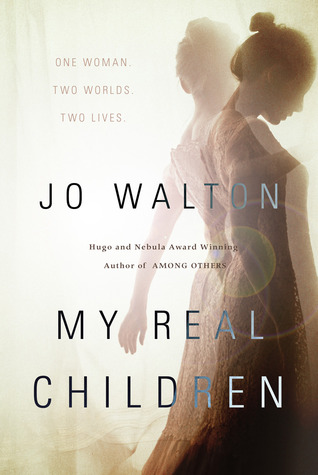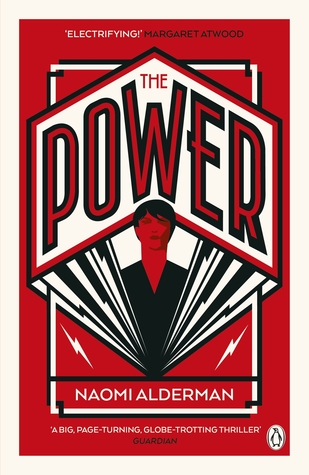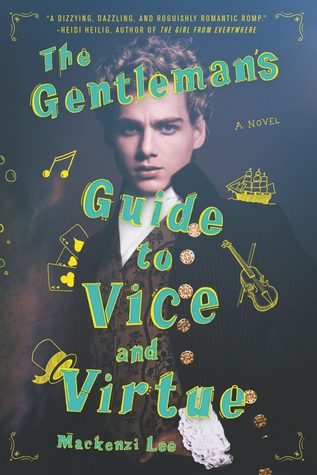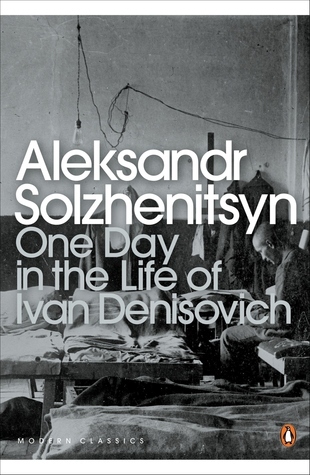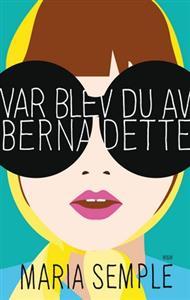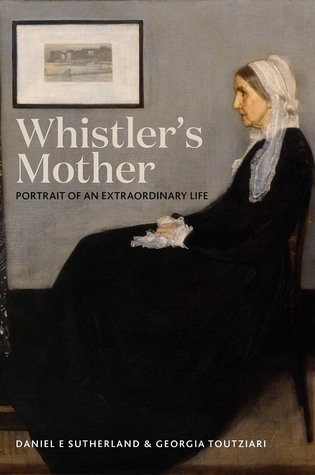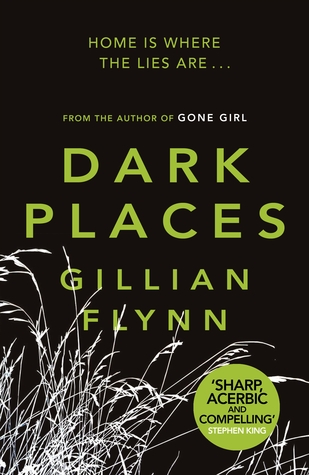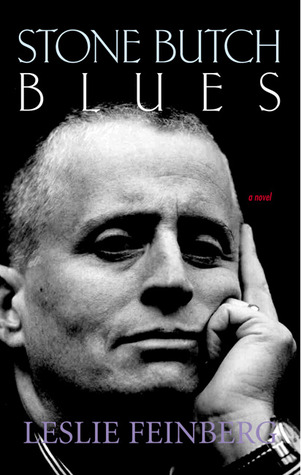Generally positive reviews of Gena/Finn were making the rounds through some of my favorite book bloggers and BookTubers (still not sure what the capital letters rule is for that one…), so I added it to my TBR and included it in my suggestions for my Discord book club. It ended up being our selection for August and like with My Real Children I decided to get ahead of the agenda.
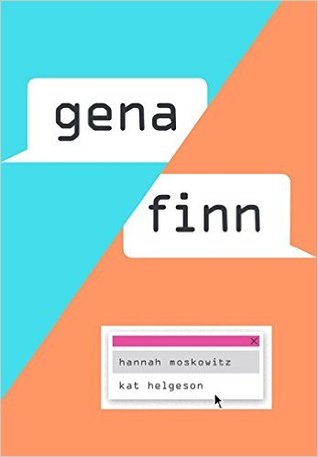
Author: Hannah Moskowitz, Kat Helgeson
My GoodReads rating: 2 stars
Average GoodReads rating: 3.37
Language scaling: B1+*
Summary: Gena and Finn are two fans of the same cop drama show, and become close friends offline.
Recommended audience: People who have made friends on the Internet thanks to fan culture
In-depth thoughts: I had really personal reasons for being interested in this book and for recommending it for my Discord book club. Most of my friends in high school were of the Internet variety, out of a group of fans of a particular TV show. Even though I was never really active in “fandom” as such (I don’t write or read fanfiction, I don’t hoard fanart, I’m not really interested in making the things I like the be-all, end-all of my identity), the way those friendships formed online were really important to how I grew up and where I ended up in life. I don’t think there are many books that really tackle the importance (and also weirdness) of online friendships; the last time I’d read about that sort of thing was in Pattern Recognition of all things, and that was just a brief aside in what was otherwise a cyberpunk thriller.
I was expecting a story that chronicled the kind of awkward budding friendships I was cultivating in front of the computer screen in high school, and what I got was something else. Those were the bits Moskowitz and Helgeson skipped right over in favor of the kind of melodrama that could happen between any two friends, regardless of where or how they met, but with a sprinkling of unrealistic lefthand turn plot points for good measure (former child actors! shoehorned romance! tragic deaths!).
And the nail in the coffin for me was reading the book summary after I had read the book.
Gena (short for Genevieve) and Finn (short for Stephanie) have little in common. Book-smart Gena is preparing to leave her posh boarding school for college; down-to-earth Finn is a twenty-something struggling to make ends meet in the big city.
If I need the book description to tell me that Gena and Finn have nothing in common, and that one is “book-smart” while the other is “down-to-earth,” then you’ve failed in your writing. In the book they come across as quite samey, except that one of them has a history of mental health issues.
I wouldn’t recommend this for ELL readers except maybe ones who are already knee deep in fandom anyway (hence the asterisk in the language scaling). It seems the book I want to read about Internet friendships has yet to be written.

